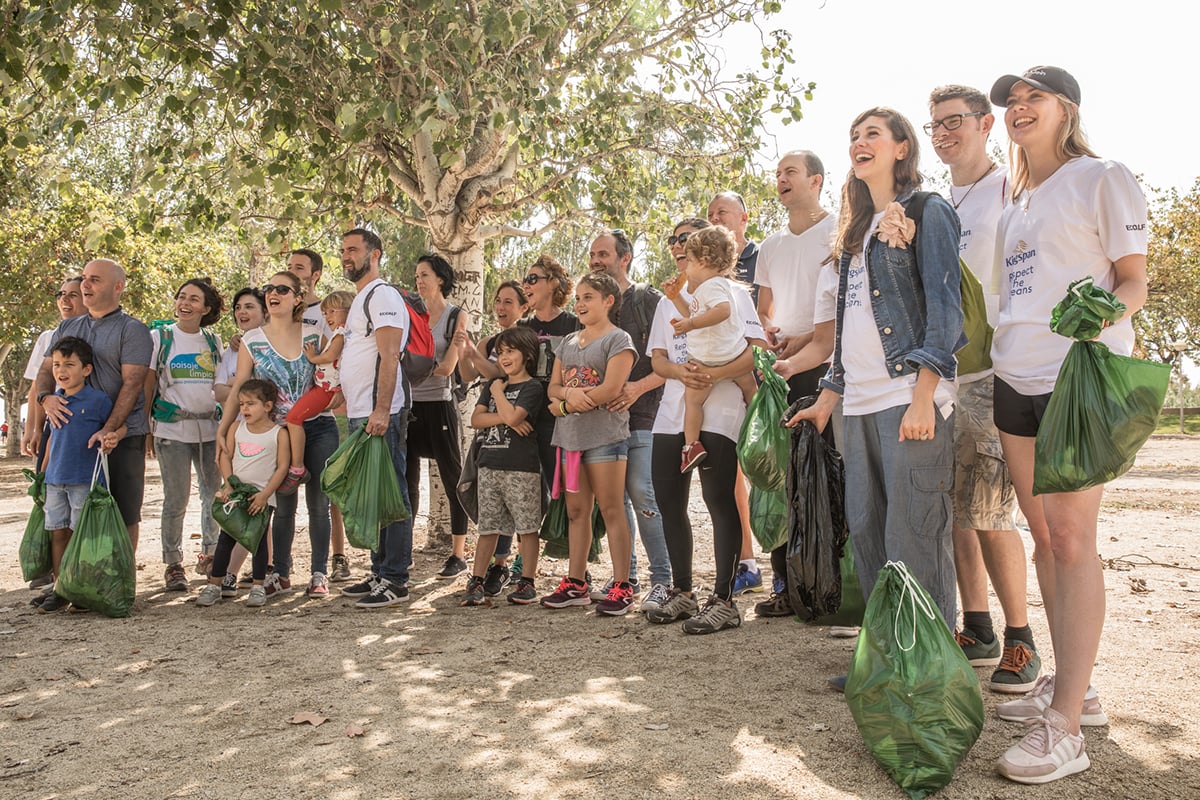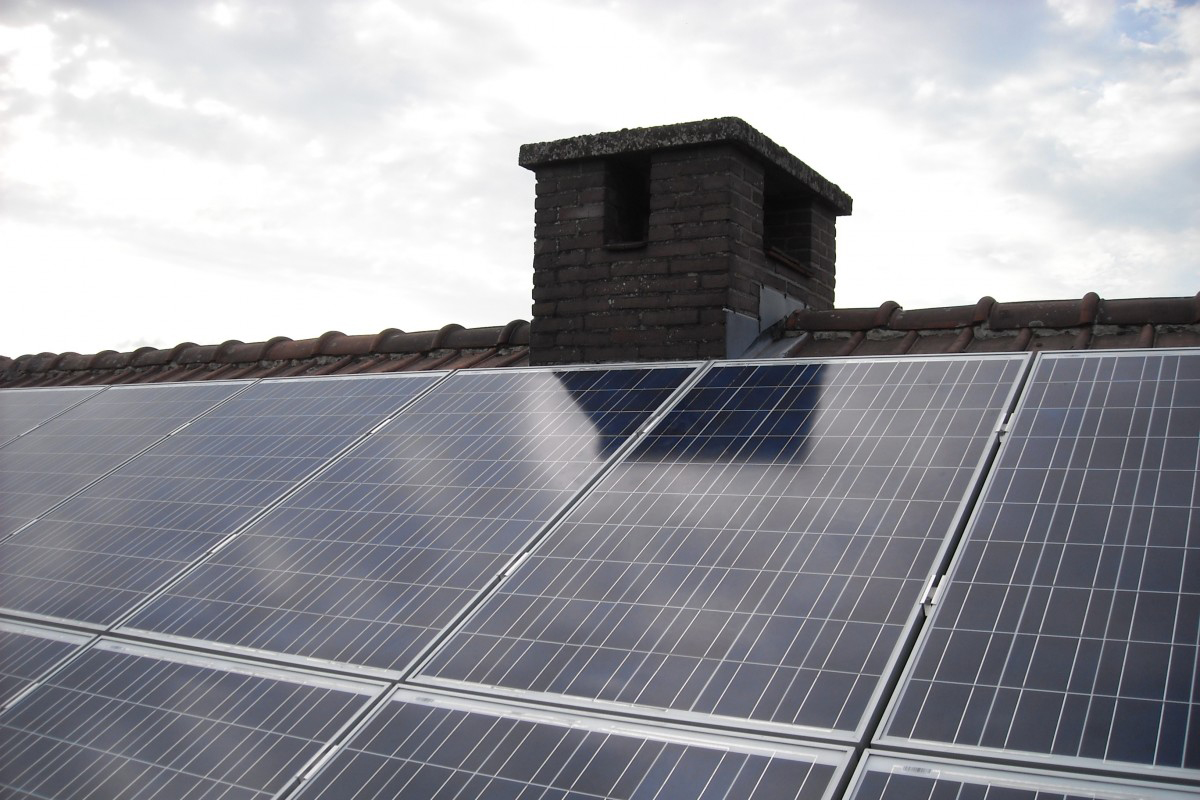Polyurethane is an environmentally friendly material for many reasons. The first is that it contributes very effectively to the energy efficiency of buildings, which means savings in consumption and emissions that are essential for achieving cleaner cities. In addition, due to its durability, it implies significant savings in resources and, thanks to its lightness, fewer emissions in transport.

Polyurethane saves many more emissions from CO₂ than its manufacture generates, up to 130 times more. In addition, the installation of the various polyurethane insulation systems generates very little waste as they are custom-made or manufactured on site. In addition, the foam they are made of is recyclable.
How is polyurethane recycled?
The polyurethane residues are ground and reprocessed to make foam for boards and other insulation products, but also for high-density panels that replace wood and its chipboard, as well as many other products, such as packaging material. It is also used to create new building materials with insulating performance, greater strength and longer life.
Another way to make use of this waste is through the recovery of the energy it contains. This results in a raw material that replaces fossil fuels in municipal incinerators, or serves to produce heat for buildings and industrial processes. In addition, with new combustion techniques and post-grid ash treatment, it is possible to manage contaminated waste.
At Synthesia we are committed to the environment
Synthesia Technology's commitment to the environment has led us to develop systems that employ the fourth generation of HFO foaming agents. This is the case of Polyurethane Spray S-35 RGB/ECO or Polyurethane Spray S-303 HFO, which are not harmful to the ozone layer and have a 99.9% lower global warming potential than previous generations of polyurethane foams.

But we have also collaborated in a sustainable initiative with Kingspan, the Ecoalf Foundation and Huurre to transform marine waste from PET plastic into polyol, one of the two components of polyurethane. This waste is in addition to the 250 million PET bottles that Synthesia Technology already makes into this essential element for manufacturing insulation. It is also estimated that the amount of bottles recycled by 2025 will increase to 1 billion. This will prevent more waste from ending up in the landfill or in the sea, giving them a new life. To close this process, Huurre uses the resulting polyurethane to manufacture the high-performance sandwich panel core. With them, an optimal insulation of facades and roofs is achieved.
Reusing and recycling polyurethane is the best way to save raw materials and to dispose of this valuable waste. Thus, there are multiple options for treating and transforming polyurethane and polyurethane foam once their useful life is over, further reducing the carbon footprint of the insulation systems of this material.











